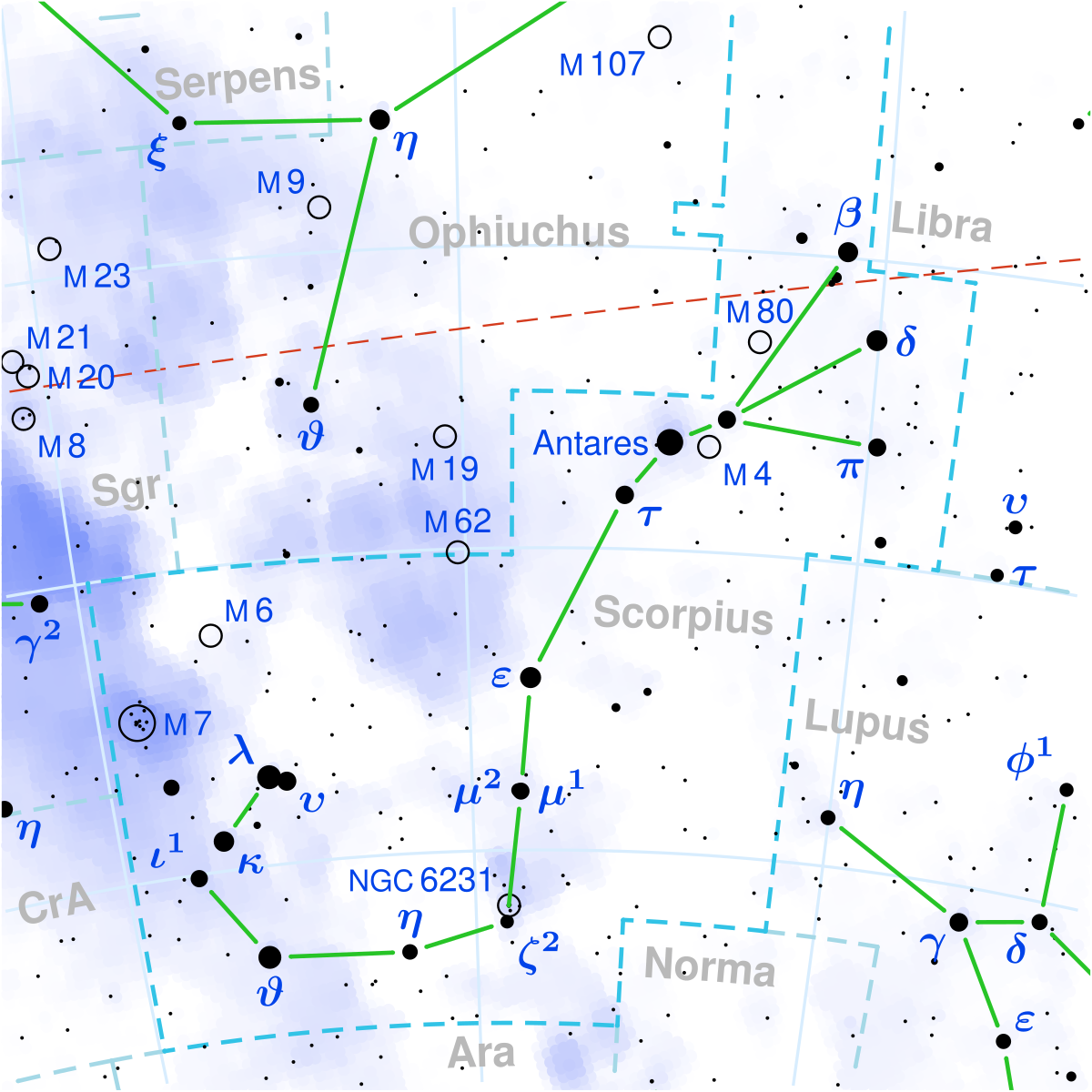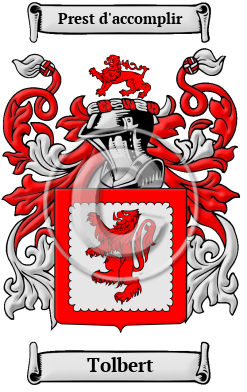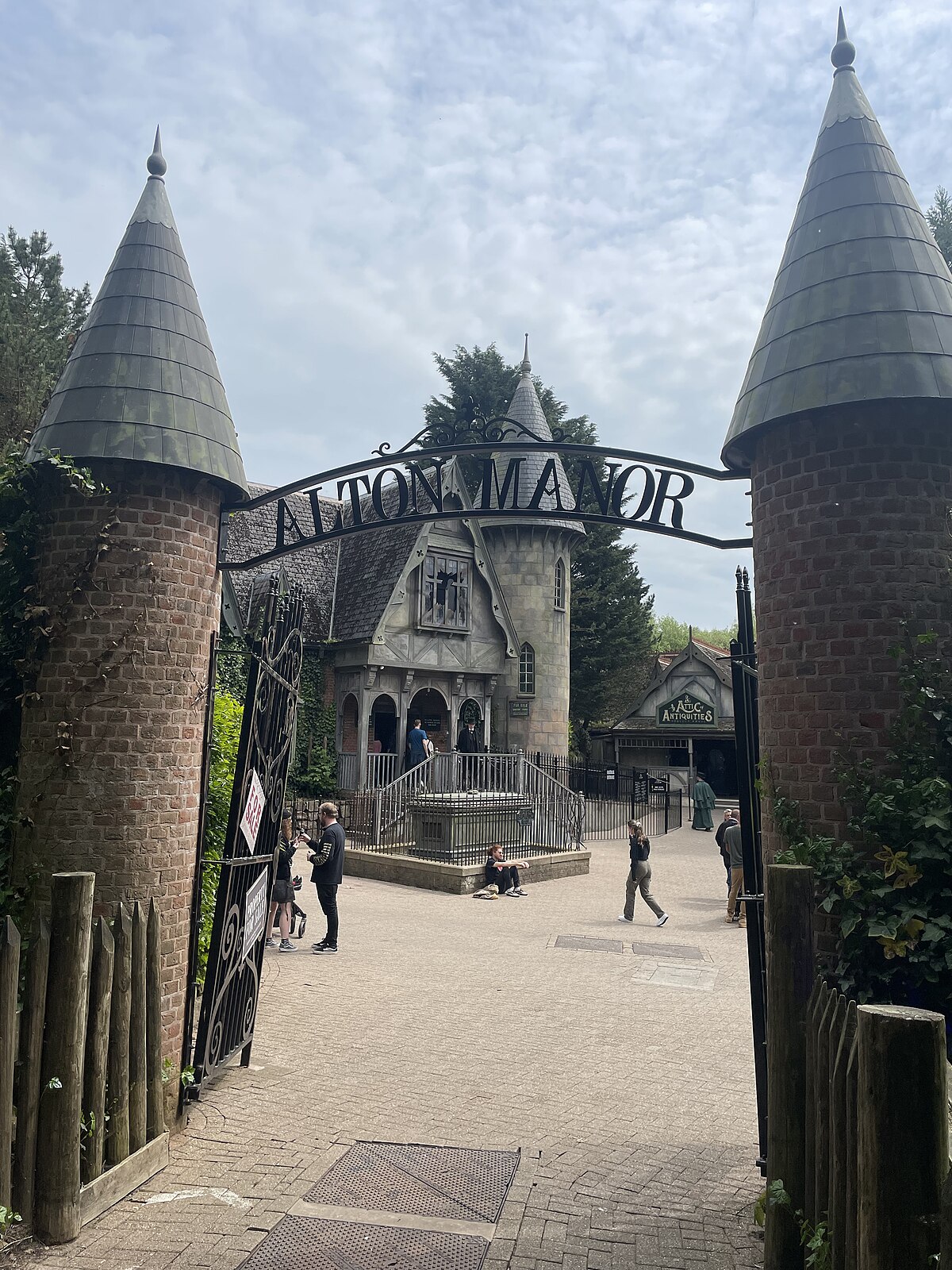Cruiseraurora
Jedi
(C) This is implying that such people know they have the bloodline and keep in touch with each other? (L) Or, is this something for the future when those of the bloodline wake up?
A: Yes.
************************
The rose is the blood of the descendants of the gods.
Look at the fresco - the rose arises from the blood of Christ.
The rose on the breast of Aurora (Isis) has the shape of a woman's menstrual pad (Tyet knot), which later transformed into a cross or red heart on the breast of the Mother of God.
In fact, "valentines" is not a symbol of a heart, but a symbol of Aphrodite's crotch. That is a separate story. ;)
By the way, cardinals wear red as a symbol of the priests of Aurora. Or rather, the priests of her "rose" or the divine blood of the pure virgin.
The menstrual pad on the breast is a metaphor, of course, bird language. A rose is a pure virgin, pure birth, that is created in heaven, it is a divine lineage, it is a pure heart, pure love, it is a hidden secret, it is the Way to heaven, etc.

In Rüdiger's Eddic Eugenics there is a description of the "fall" of the sons of light and the need to consume blood. These later became rituals of the elite, as you know.
"The reason for the gradual loss of the ability to communicate with the world of
will consists in the blocking, caused by the corruption of the Gods, of the streams of subtle matter of which the bodies of the children of light were composed and which they had to constantly replenish.
of which they had to constantly replenish, otherwise
otherwise disease would overtake them. This
disease consisted mainly in objectification, the continuous compaction of the bodies of the children of light, which, in the end, brought the physique closer to that of the children of stone.
With the corrupting influence of the Darkness spreading.
of the gods, the children of light tried to fight with the help of blood transfusion in a closed circle; in this case there was temporary
relief and liberation from the gross material substance.
The darkened children of light began to use black magic.
Only selected descendants of the children of light were able to produce certain changes that were able to slow down the process of spiritual decay. Among them, Rüdiger counts the son
of the Wölsung family, Sigmund, who, by exercising his will in harmony
in harmony with the higher essences of the universe, achieved the disconnection of the Beastmen clans from the power streams of the tree of life and their
and their gradual destruction; the king of the Franks.
Euglimi, who, as a forerunner of the Atlantean
alchemists, attempted to utilize the Od-power of colloidal dissolution of gold, which, when injected into a vein, produced a
the necessary influx of subtle matter, and alchemically produced drinks of healing herbs; finally, Yalmar the Younger, creator of the techniques of master words, which gave power over all the processes of existence, including the flow of subtle matter; finally, Yalmar the Younger, creator of the techniques of master words, which gave power over all the processes of existence, including
the flow of subtle matter; the creator of magic squares,
the mathematics of which is based on the power of Odes and calculates the fundamental relations of forces and subtle matter, as well as the researcher of the wells of Urd, the sources of eternal youth and equally of the flows of subtle matter.
and equally the streams of subtle matter. Only Baldr Krestos, however, was manifested in order that, by turning mankind once more to the
to the prereligion of irminism and opposing it to Votanism, to renew the divine Spark of the Children of Light.
And yet, despite the efforts of the prophets and heralds of the Light.
of Light, from the very beginning of our era we can observe the steady spread of the corruption of the Gods."(с)EMIL RÜDIGER
*******************************
Pay attention to the symptoms of "sons of light" diseases! These are autoimmune diseases that are an indicator of your belonging to divine blood lines.
Indeed, when porphyria patients were examined in South Africa, it turned out that they all came from Holland, North of Europe. Porphyria has been called the vampire disease. It's a misrepresentation, but partly true, a disease of "immortals". And gold is indeed an effective treatment for rheumatoid arthritis.
Autoimmune diseases are innate immunity, it is an indicator of contamination of the environment in which the "son of light" is found. Such people are not tolerant to local toxins. Innate immunity and acquired immunity are different mechanisms. And to some extent autoimmune are a defense against oncology, up to a certain limit of toxicity.
The Jewish division of people into "chosen" and "goyim" also has its origins in Nordic history.
All right, Aurora (Isis) - the Savior, Christ consciousness, Sophia - is a human being, an earthly human being!
The alchemical treatise on Aurora is a treatise on the ascent of the Soul, the arduous earthly journey of a person who wants to return Home.
(Now we can guess that this person has special genetics and a special Soul. So we research our own lineage to discover this)
(But I got something else. I got a clue I don't fully understand yet. Allegedly, "Aurora aphrodisiac of the empire of Rome." What?! Are they really nuts at the Vatican? Or does it need to be understood in some other way? It was a message with multiple meanings, as usual. "Tritium (mollusk, shell, Venus) Aurora of the Roman Empire" and another meaning at the same time is a plant that was used in ancient Rome as an aphrodisiac. Perhaps it's about the powerful of this world being really obsessed with the ritual blood of virgins. And they cover it up by worshipping Aurora or Isis. Or they don't understand the real meaning of the alchemical treatises. Since Aurora's other name is mentioned - Venus - that's a reference to sexual rituals too. It's news to me that the cardinals' red robes are priesthood of the Isis-Aurora-Venus cult, or rather the cult of her intimate "rose". I hadn't thought of this before. It's unverified information, that's how I "heard" it).

A: Yes.
************************
The rose is the blood of the descendants of the gods.
Look at the fresco - the rose arises from the blood of Christ.
The rose on the breast of Aurora (Isis) has the shape of a woman's menstrual pad (Tyet knot), which later transformed into a cross or red heart on the breast of the Mother of God.
In fact, "valentines" is not a symbol of a heart, but a symbol of Aphrodite's crotch. That is a separate story. ;)
By the way, cardinals wear red as a symbol of the priests of Aurora. Or rather, the priests of her "rose" or the divine blood of the pure virgin.
The menstrual pad on the breast is a metaphor, of course, bird language. A rose is a pure virgin, pure birth, that is created in heaven, it is a divine lineage, it is a pure heart, pure love, it is a hidden secret, it is the Way to heaven, etc.
In Rüdiger's Eddic Eugenics there is a description of the "fall" of the sons of light and the need to consume blood. These later became rituals of the elite, as you know.
"The reason for the gradual loss of the ability to communicate with the world of
will consists in the blocking, caused by the corruption of the Gods, of the streams of subtle matter of which the bodies of the children of light were composed and which they had to constantly replenish.
of which they had to constantly replenish, otherwise
otherwise disease would overtake them. This
disease consisted mainly in objectification, the continuous compaction of the bodies of the children of light, which, in the end, brought the physique closer to that of the children of stone.
With the corrupting influence of the Darkness spreading.
of the gods, the children of light tried to fight with the help of blood transfusion in a closed circle; in this case there was temporary
relief and liberation from the gross material substance.
The darkened children of light began to use black magic.
Only selected descendants of the children of light were able to produce certain changes that were able to slow down the process of spiritual decay. Among them, Rüdiger counts the son
of the Wölsung family, Sigmund, who, by exercising his will in harmony
in harmony with the higher essences of the universe, achieved the disconnection of the Beastmen clans from the power streams of the tree of life and their
and their gradual destruction; the king of the Franks.
Euglimi, who, as a forerunner of the Atlantean
alchemists, attempted to utilize the Od-power of colloidal dissolution of gold, which, when injected into a vein, produced a
the necessary influx of subtle matter, and alchemically produced drinks of healing herbs; finally, Yalmar the Younger, creator of the techniques of master words, which gave power over all the processes of existence, including the flow of subtle matter; finally, Yalmar the Younger, creator of the techniques of master words, which gave power over all the processes of existence, including
the flow of subtle matter; the creator of magic squares,
the mathematics of which is based on the power of Odes and calculates the fundamental relations of forces and subtle matter, as well as the researcher of the wells of Urd, the sources of eternal youth and equally of the flows of subtle matter.
and equally the streams of subtle matter. Only Baldr Krestos, however, was manifested in order that, by turning mankind once more to the
to the prereligion of irminism and opposing it to Votanism, to renew the divine Spark of the Children of Light.
And yet, despite the efforts of the prophets and heralds of the Light.
of Light, from the very beginning of our era we can observe the steady spread of the corruption of the Gods."(с)EMIL RÜDIGER
*******************************
Pay attention to the symptoms of "sons of light" diseases! These are autoimmune diseases that are an indicator of your belonging to divine blood lines.
Indeed, when porphyria patients were examined in South Africa, it turned out that they all came from Holland, North of Europe. Porphyria has been called the vampire disease. It's a misrepresentation, but partly true, a disease of "immortals". And gold is indeed an effective treatment for rheumatoid arthritis.
Autoimmune diseases are innate immunity, it is an indicator of contamination of the environment in which the "son of light" is found. Such people are not tolerant to local toxins. Innate immunity and acquired immunity are different mechanisms. And to some extent autoimmune are a defense against oncology, up to a certain limit of toxicity.
The Jewish division of people into "chosen" and "goyim" also has its origins in Nordic history.
All right, Aurora (Isis) - the Savior, Christ consciousness, Sophia - is a human being, an earthly human being!
The alchemical treatise on Aurora is a treatise on the ascent of the Soul, the arduous earthly journey of a person who wants to return Home.
(Now we can guess that this person has special genetics and a special Soul. So we research our own lineage to discover this)
(But I got something else. I got a clue I don't fully understand yet. Allegedly, "Aurora aphrodisiac of the empire of Rome." What?! Are they really nuts at the Vatican? Or does it need to be understood in some other way? It was a message with multiple meanings, as usual. "Tritium (mollusk, shell, Venus) Aurora of the Roman Empire" and another meaning at the same time is a plant that was used in ancient Rome as an aphrodisiac. Perhaps it's about the powerful of this world being really obsessed with the ritual blood of virgins. And they cover it up by worshipping Aurora or Isis. Or they don't understand the real meaning of the alchemical treatises. Since Aurora's other name is mentioned - Venus - that's a reference to sexual rituals too. It's news to me that the cardinals' red robes are priesthood of the Isis-Aurora-Venus cult, or rather the cult of her intimate "rose". I hadn't thought of this before. It's unverified information, that's how I "heard" it).



